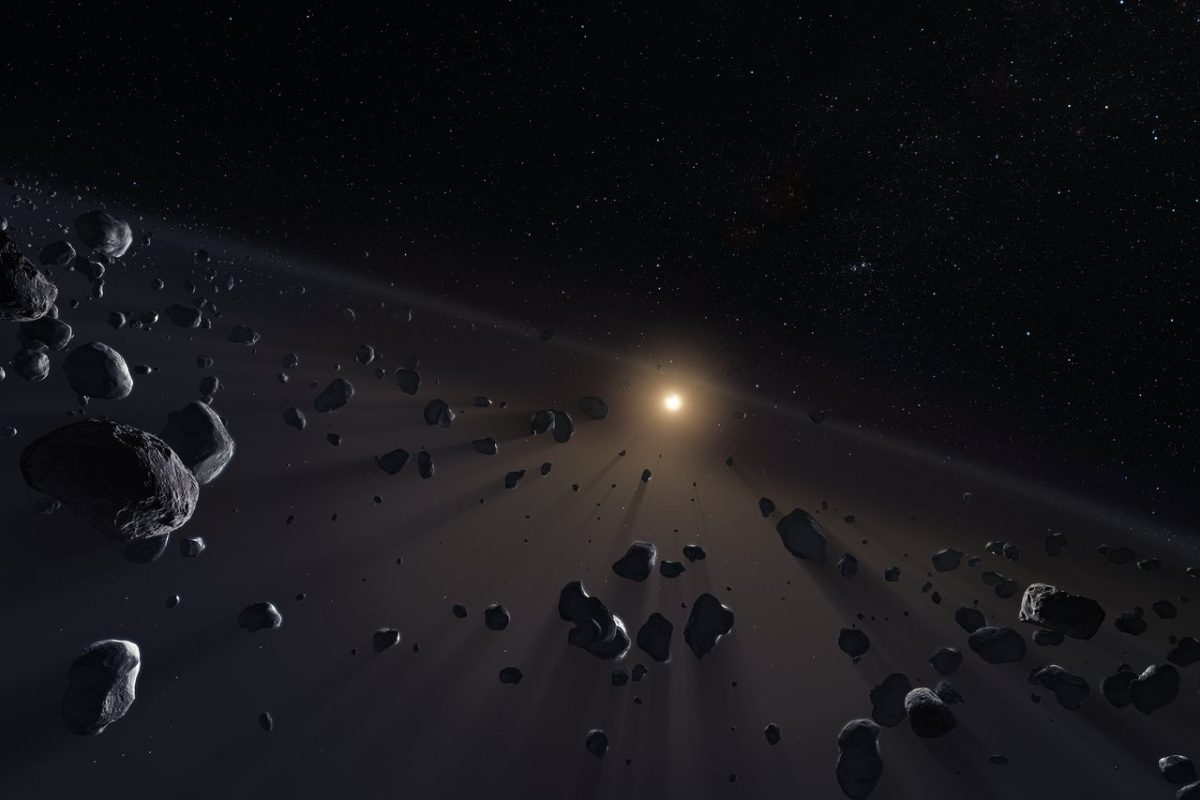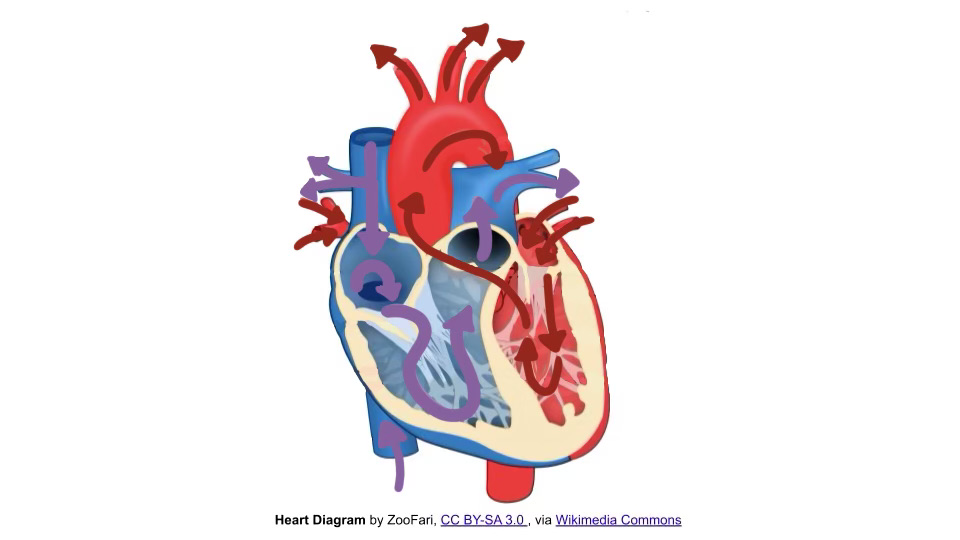Japanese researchers have found evidence to predict the existence of a planet like Earth in the Kuiper Belt region within the solar system. It would be the closest Earth-like planet since the hypothesized Planet Nine in 2014.
Patryk Sofia Lykawka and Takashi Ito are researchers of Japan’s Kindai University and the country’s National Astronomical Observatory. Lykawka and Ito explore the depths of the Kuiper Belt in search for signs of planetary bodies.
The Kuiper Belt is located beyond the planet Neptune. The doughnut-shaped ring, made of frozen debris of planets, was created by the Sun billions of years ago. Within the Kuiper Belt, Lykawka and Ito discovered the “peculiar” properties of gravitational influence over other objects, hinting at the existence of a planet.
The orbits of trans-Neptunian objects, or TNOs, can indicate the existence of a planet in the outer solar system, the researchers stated in the Astronomical Journal. TNOs are any minor planets that orbit the sun beyond Neptune. They used the well-characterized Outer Solar System Origins Survey, or OSSOS, to constrain model results through observations.
For now, the researchers can only predict rather than confirm the existence of a planet because of the population of TNOs orbiting beyond Neptune’s gravitational pull and the existence of extreme objects within those orbits.
“It is plausible that a primordial planetary body could survive in the distant Kuiper Belt Planet (KBP), as many such bodies existed in the early solar system,” the researchers wrote.
The size of this possible planet is predicted to be up to three times as massive as the Earth and up to five hundred Astronomical Units from the Sun. An astronomical unit is equal to the distance from the Earth to the Sun. The temperature of the mystery planet is too cold to sustain life.
The planet’s existence is compelling, with the discovery of Neptune having similar orbital anomalies — identified by Urbain Le Verrier and confirmed by Gottfried Galle in 1846.
Voyager 2 remains the only spacecraft to visit Neptune in a flyby in 1989 and the images sent back revolutionized the understanding of the blue world. Neptune’s blue visage is a mysterious wonder and will surely remain a focal point in the quest for knowledge.
The hypothesized planet needs further observations to confirm its existence.
The discovery of a new planet could provide answers about planet formation and evolution.
The Kuiper Belt is a region of significant interest for future missions with its massive composition of interstellar objects such as dwarf planets, carbon masses and icy volatile elements like methane and ammonia.








